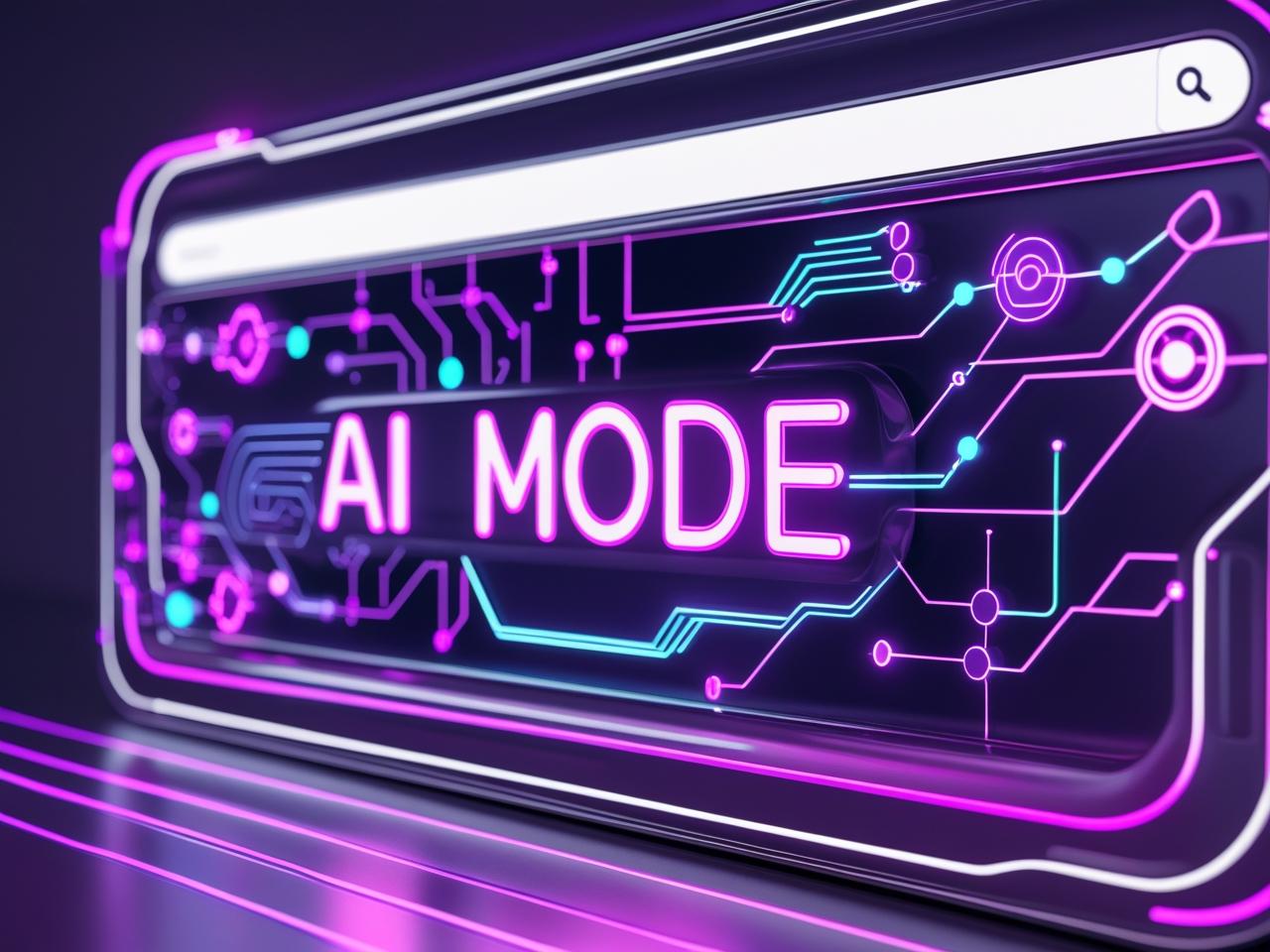Google’s AI SEO Shake-Up: 3 Changes That Actually Matter

Google has rolled out major AI-driven changes to its search engine, and while the SEO community is buzzing, much of the conversation is focused on the surface-level impact. But the real transformation runs deeper. Here are three fundamental shifts that matter more than the rest, and what most of the chatter is missing.
1. The Real Change Isn’t AI Overviews, It’s the “AI Mode” Experience
The initial panic has been about AI Overviews appearing above the traditional “10 blue links.” While significant, this is only a symptom of a much larger change. The true disruption is the introduction and expansion of AI Mode, a fully conversational, end-to-end AI search experience that is becoming the default in some regions.
-
What everyone else is missing: This isn’t just an enhancement to the old Search Engine Results Page (SERP); it’s the replacement of it. For 25 years, Google’s job was to provide a list of links. Now, its AI-powered system acts more like an expert consultant, analyzing a query, conducting multiple micro-searches, and composing a synthetic, personalized answer from dozens of sources. The user’s journey is shifting from “clicking links” to “getting answers” directly within the Google interface. This means the battle for rank #1 is becoming obsolete for many queries. The new goal is to become a trusted, cited source within the AI’s composed response.
2. “Helpful Content” Was the Prelude; Now It’s About “AI-Consumable” Content
The SEO world adapted to the Helpful Content Update and the emphasis on E-E-A-T (Experience, Expertise, Authoritativeness, and Trustworthiness). But that was just setting the stage. The new imperative isn’t just creating content that is helpful to a human reader, but structuring it to be easily consumed and repurposed by an AI.
-
What everyone else is missing: Google’s AI now reads your pages like an expert researcher, actively looking for specific data points, clear definitions, and replicable methodologies to extract and weave into its answers. This precision means a single, highly relevant paragraph from a niche blog can be elevated and cited above a generic article from a major publication. To adapt, your content strategy needs to evolve:
-
Passage-Level Optimization: The focus is shifting from ranking entire pages to ranking individual, information-rich passages within them.
-
Content Originality and Structure: Your content must provide unique insights or data that can’t be found elsewhere. It also needs to be meticulously organized with clear headings and structured data to help the AI parse its meaning without ambiguity. A specialized blog that clearly explains a complex process will be favored over a generalist article that only touches on the surface.
-
3. Clicks Are Fading; The New Metric is AI-Driven Authority
The most immediate fear for many site owners is the decline in organic traffic, as AI Mode and AI Overviews answer user queries directly, reducing the need to click through to websites. Some sites have already reported traffic losses between 20% and 60%.
-
What everyone else is missing: Clinging to organic traffic as the primary KPI is a losing strategy. The new currency of SEO is brand visibility and authority within the AI-generated answer. Being cited as a source is the new “top ranking,” establishing your brand as the trusted authority on a topic in the user’s mind, even without a click. This requires a profound strategic pivot:
-
From Clicks to Citations: Success must be measured by how often your brand appears as a cited source, which becomes a powerful signal of trust and relevance.
-
Navigating Analytics Blind Spots: Current Google Search Console data makes it difficult to differentiate between impressions and clicks from traditional search versus AI features. SEOs must develop new methods for measuring influence beyond simple click-through rates.
-
Building a Brand AI Trusts: The focus must expand from on-page tactics to a more holistic strategy of building brand reputation. This means creating unique, data-backed content and cultivating a strong presence that signals to Google’s AI that you are a primary source of truth in your field.
-
